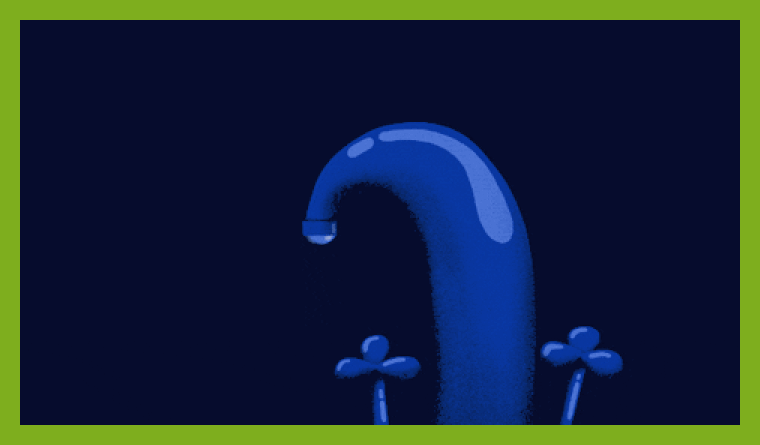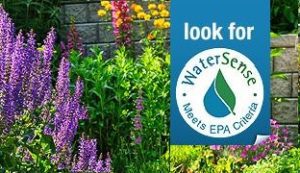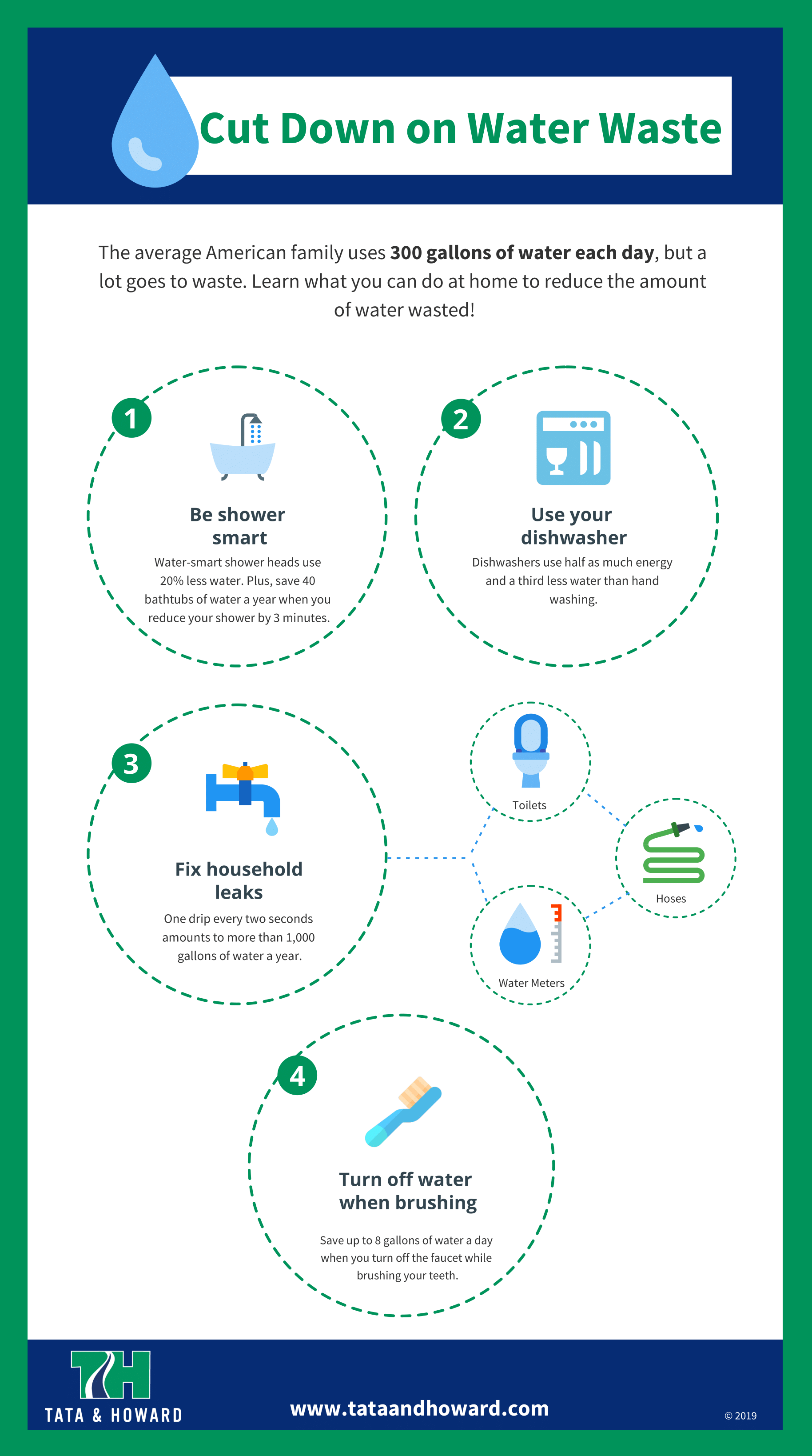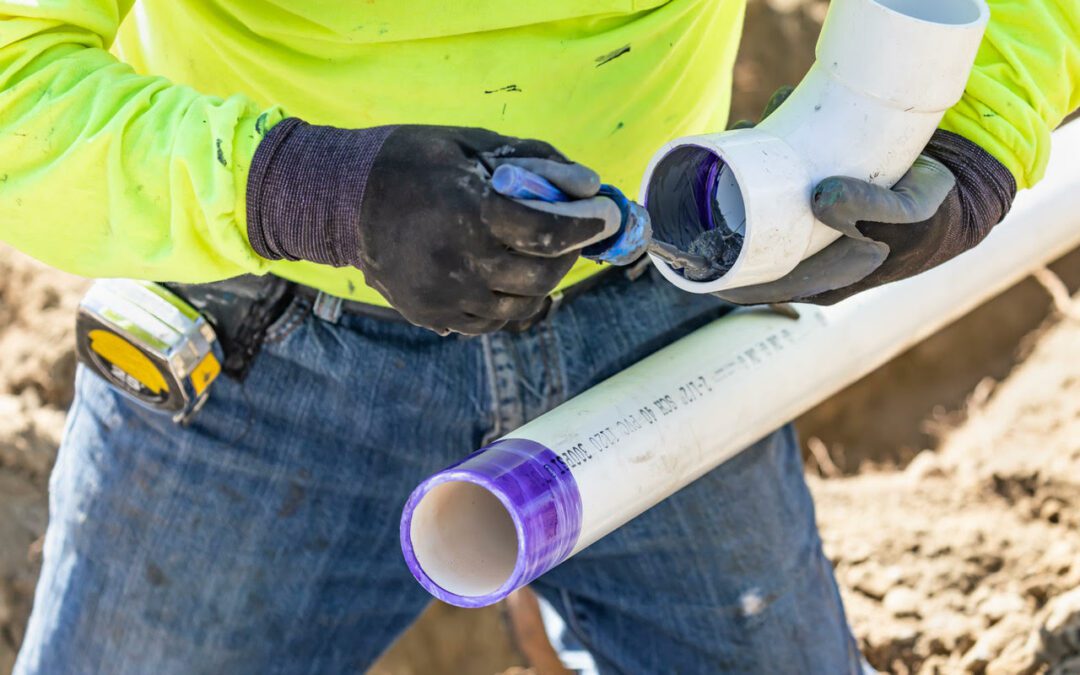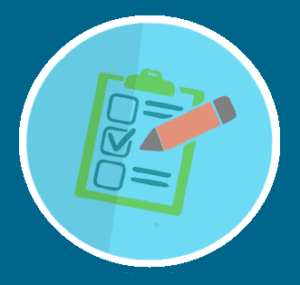
by ohioia_e612r2 | Feb 9, 2023
Join Us February 22, 2023 at the
Ohio Statehouse for Advocacy Day!
Join the industry partners of OhioPLANT in the upcoming Green Industry Advocacy Day scheduled for Tuesday, February 22, 2023 at the Ohio Statehouse in Columbus. Show your organization is part of a multi-billion dollar industry in Ohio and the importance of having a presence with Ohio’s new 135th General Assembly.
OhioPLANT is a coalition of pesticide, landscape, agriculture, nursery, and turf professionals who collaboratively advocate on behalf of those professions represented. This unified voice has made OhioPLANT the go-to resource for our state agencies and elected officials when discussing matters impacting these industries.
Tentative schedule of the day:
| 8:30 – 9:30 AM |
Legislative Breakfast Reception |
| 9:30 – 10:00 AM |
OhioPLANT Update – Tony Seegers. Esq. |
| 10:00 – 10:30 AM |
Guest Speaker TBD |
| 10:30 – 11:00 AM |
Guest Speaker TBD |
| 11:00 AM and on |
Appointments with legislators
Boxed lunch at your convenience |
Ohio Green Industry Advocacy Day is hosted by industry partners of OhioPLANT.
Don’t miss this unique opportunity to network with green industry colleagues, meet with your state legislators, and make your voice heard on issues critical to irrigation professionals.
 This year, our participation in this grassroots effort is more important than ever before.
This year, our participation in this grassroots effort is more important than ever before.
House and Senate term limits mean there will be many new faces in the state legislature, as well as in committees and chairs. Let’s make ourselves known to them!
Free to Ohio IA Members
Ohio Green Industry Advocacy Day is FREE to Ohio IA members.
As one of the events sponsors, we’re counting on you. Legislative and regulatory advocacy is one of the key benefits of Ohio IA membership which is strengthened by your active participation.
Advocacy Day provides a unique opportunity to build relationships with both green industry business partners, and members of the Ohio legislature and their staff. After all, who can tell our story better than you?

REGISTRATION
Free to Ohio IA members


What to Expect
The morning session will feature key legislative speakers, after which attendees will be briefed on discussion issues for the legislative meetings scheduled in the afternoon.
The afternoon meetings with elected officials provide an opportunity to discuss key irrigation issues (like water quality, water quantity, and environmental reforms) and state policymakers. Our legislators must hear from us in order to make informed decisions about issues critical to our industry.
Sources:
Featured Image: Pixabay
Ohio Nursery and Landscape Association

by Tom Barrett | Mar 2, 2022
EPA’s Annual Event Runs from
March 14-20, 2022
Fighting water waste is part of every irrigation professional’s job description. This year’s Fix a Leak Week is a great time to remind your customers of your commitment to water efficiency.
Irrigation System Leaks
One small irrigation system leak — the thickness of a dime — can waste about 6,300 gallons of water each month! Advise your customers of the importance of the spring checkup. To ensure irrigation system components haven’t been damaged by frost or freezing weather, they should always be inspected prior to startup.

Become WaterSense Certified
If you’re not already WaterSense certified, you may want to consider the following exclusive benefits:
- You’ll be included in the EPA’s online Directory of Certified Professionals.
- You can receive work opportunities for new home projects, federal facilities, and LEED® projects.
- You’ll be authorized to use the WaterSense label on your business cards and other promotional items.
- You’ll enjoy increased exposure to potential customers through national EPA recognition as an environmental steward.
- You’ll have access to EPA tools and other resources.
Interested? Click Here.
Are you WaterSense certified? (See sidebar at right.) If so, now’s the time to let your customers know that you’ve passed an EPA program specifically dedicated to improving water efficiency. So not only can you help identify and correct any irrigation system leaks, you can also ensure their system is performing optimally.
About 800 irrigation controllers and more than 340 spray sprinkler bodies have been certified by WaterSense for their water efficiency. It’s a good idea to carry an assortment of these products for your customers.
Other Household Leaks
Research has shown that the typical home wastes between 2,000 and 20,000 gallons of water per year due to leaks. Individually and collectively, the leaks in a single home can easily waste thousands of gallons of water every year, costing both the homeowner and the utility.
So during Fix a Leak Week, remind your customers to check for leaky faucets or showerheads, as well as malfunctioning toilets. This will demonstrate to them that you’re serious about water efficiency.
You can also provide them with some simple ways to pinpoint household leaks. Such as:
—Article Continues Below—

Pinpointing Leaks
 Check your household water usage during one of the colder months (January or February). If a family of four is using more than 12,000 gallons per month, there are some serious leaks.
Check your household water usage during one of the colder months (January or February). If a family of four is using more than 12,000 gallons per month, there are some serious leaks.
 Record the odometer-type number on your water meter. Then turn off all household water for two hours. Then check the meter again. If the number has changed at all, you’ve likely got a leak.
Record the odometer-type number on your water meter. Then turn off all household water for two hours. Then check the meter again. If the number has changed at all, you’ve likely got a leak.
 Identify toilet leaks by placing one drop of food coloring in the toilet tank. After 10 minutes, check the bowl. If there’s color in the bowl, you have a leak.
Identify toilet leaks by placing one drop of food coloring in the toilet tank. After 10 minutes, check the bowl. If there’s color in the bowl, you have a leak.
Some Simple Fixes
 Many faucet leaks can be remedied by simply replacing worn-out washers and gaskets
Many faucet leaks can be remedied by simply replacing worn-out washers and gaskets
 Got a leaky toilet? Try replacing the flapper.
Got a leaky toilet? Try replacing the flapper.
 For a leaky showerhead, make sure there’s a tight connection between the fixture and the pipe stem. Then secure it with pipe tape (also called Teflon tape).
For a leaky showerhead, make sure there’s a tight connection between the fixture and the pipe stem. Then secure it with pipe tape (also called Teflon tape).
For more leak fixes, as well as online tutorials, check out the WaterSense website.
Sources:
Featured Image: Giphy.com
The Washington Post
Water Use It Wisely
Water News Network

by Tom Barrett | Oct 18, 2021
Join Us November 16 at the
Ohio Statehouse for Advocacy Day!
Ohio Green Industry Advocacy Day is hosted by the Ohio Nursery and Landscape Association (ONLA) and the Ohio Irrigation Association.
Don’t miss this unique opportunity to network with green industry colleagues, meet with your state legislators, and make your voice heard on issues critical to irrigation professionals.
 This year, our participation in this grassroots effort is more important than ever before. The COVID-19 pandemic has stretched the state’s resources to the point where some agencies will have to resort to raising their fees. Since 2021 is a budget year, we can influence these discussions.
This year, our participation in this grassroots effort is more important than ever before. The COVID-19 pandemic has stretched the state’s resources to the point where some agencies will have to resort to raising their fees. Since 2021 is a budget year, we can influence these discussions.
House and Senate term limits mean there will be many new faces in the state legislature, as well as in committees and chairs. Let’s make ourselves known to them!
Free to Ohio IA Members
Ohio Green Industry Advocacy Day is FREE to Ohio IA members who register by October 25 ($89 for non-members).
As one of the events sponsors, we’re counting on you. Legislative and regulatory advocacy is one of the key benefits of Ohio IA membership which is strengthened by your active participation.
Advocacy Day provides a unique opportunity to build relationships with both green industry business partners, and members of the Ohio legislature and their staff. After all, who can tell our story better than you?

REGISTRATION
Free to Ohio IA members; $89 for non-members
(includes lunch)


What to Expect
The morning session will feature key legislative speakers, after which attendees will be briefed on discussion issues for the legislative meetings scheduled in the afternoon.
The afternoon meetings with elected officials provide an opportunity to discuss key irrigation issues (like water quality, water quantity, and environmental reforms) and state policymakers. Our legislators must hear from us in order to make informed decisions about issues critical to our industry.
Here’s a tentative schedule for the day:

Sources:
Featured Image: Pixabay
Ohio Nursery and Landscape Association

by Tom Barrett | Jul 7, 2021
Save Water by Avoiding These Design and Installation Errors
To err is human. But that doesn’t mean some errors can’t be avoided. Irrigation mistakes often result in wasted water, and that reflects poorly on the industry.
Here are some of the most common missteps that can occur when designing and installing landscape irrigation systems.
#1. Mixing Sprinkler Head Types Within a Single Zone
Installing different types of irrigation heads within the same zone to operate at the same time is not a good idea. The precipitation / application rates of the various emitters used for rotors, sprays, bubblers, and drip systems are entirely different.
For instance, nozzles for rotor heads have a much lower IPH (inches per hour) rate than those for spray heads. So if you install a rotor head in a zone with spray heads, you’ll create a dry spot. Then, you’ll have to run this irrigation zone longer in order to apply enough water to cover the dry area, wasting both water and money.
#2. Setting the Same Running Times for All Zones
It’s important to program the irrigation controller so that the different zone types (rotor, spray, drip, etc.) have different running times. Again, because the precipitation rates differ for the various types of irrigation heads, the operating times should also be different. A zone with 0.20 IPH heads, for instance, will obviously need to run longer than an irrigation zone with 1.60 IPH heads.

Self-Assessment
According to the experts at Irrigation & Green Industry (IGIN) magazine, it’s a good idea for contractors to periodically assess their design and installation techniques in order to avoid irrigation mistakes. IGIN suggests asking yourself three questions:
- Am I meeting — or exceeding – my customers’ expectations?
- Am I doing so in such a way as to maximize my own profits?
- Am I a responsible member of my community and setting a good example for the green industry?
Whenever the answer to any of these questions is “no,” it’s time to stop and reevaluate your methods.
#3. Failing to Achieve Head-to-Head Coverage
Regardless of whether you’re using sprays or rotors, all zones should provide head-to-head coverage. That means the maximum distance between heads/nozzles in each irrigation zone should match the nozzle manufacturer’s maximum throwing distance (10 feet, 15 feet, 25 feet, 35 feet, etc.) for that nozzle at your working pressure.
Do not attempt to increase the distance between heads in order to save on design, installation, operational or maintenance costs.
#4. Failing to Match Precipitation Rates
Some irrigation professionals incorrectly assume that they should use the same gallon per minute (GPM) nozzles in every head within a zone if they want to evenly water that area. Not so. There’s a reason system manufacturers produce so many different GPM nozzles.
By matching precipitation rates of the nozzles, you can save between 10 and 40 percent of the water used in any given zone. For instance, a rotor head that covers 1/3 of a circle should apply approximately 1/3 of the GPM as a rotor head in the same zone which covers a full circle. (For a more detailed explanation, see “Matched Precipitation Rates: Key to Water Efficiency.”)
—Article Continues Below—

#5. Incorporating Planting Beds in the Same Zone as Grassy Areas
Improper zoning is one of the most common irrigation mistakes. Grassy areas should always be irrigated separately from shrub and planting beds. Almost all landscape plants have larger root systems than grass. This means they can exist on half of the amount of water that grass requires. Separate shrub/planting zones should be scheduled to irrigate more deeply but less often as turf zones.
#6. Neglecting to Install or Retrofit Rain Sensors
A rain sensor may be a contractor’s most valuable tool for reducing water waste. (After all, irrigation should always be regarded as a back-up for natural precipitation, not the other way around.)
Since most rain sensors can save between three and 15 percent of a system’s annual operating expenses, they generally pay for themselves in less than one season. In fact, these devices are so effective that, in several areas of the country, they are required on all new irrigation systems.
Sources:
Featured Image: Adobe, License Granted
Sprinkler Warehouse
Irrigation & Green Industry
Lawn & Landscape

by Tom Barrett | May 13, 2021
“H20: The Molecule that Made Us” Documents the Human Relationship to Water
An amazing three-part PBS series which first aired in April of 2020 is now available for streaming. “H2O: The Molecule that Made Us” chronicles the human story through our relationship to water.
The three segments dramatically reveal how humankind’s affiliation with this simple molecule underpins every aspect of our existence. Here’s a clip of the series overview:
Note: Full episodes of this series are only available to stream through PBS Passport. (See box, below right.)
Episode 1: Pulse
The first episode explores the ways in which water has become the essential force behind all life.
What Is a PBS Passport?
PBS Passport is a member benefit for PBS donors, providing extended access to an on-demand library of public television programming.
Members who contribute annual gifts of $60 or more are eligible for the Passport benefit.
To learn more, visit the PBS Passport website.
H20 has been at the heart of the human story since the very beginning, and this first segment illustrates why we as a species can no longer take water for granted.
Episode 2: Civilizations
The second episode reveals how our success as a species is intimately connected to our control of water.
However, with the establishment and growth of our various civilizations we have created a dangerous dependence on this precious resource.
Episode 3: Crisis
The final segment of this landmark series explores how Earth’s changing water cycle is reshaping everything. Water is being mined faster than it can be replaced, as the global agricultural industry converts the planet’s precious reserves into profit.
This episode also examines the deep roots that connect water security with various conflicts around the world. If we want to understand why our world is changing, we need only follow the water.
Sources:
Featured Image: Pixabay
PBS

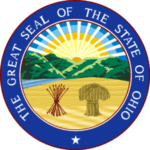 This year, our participation in this grassroots effort is more important than ever before.
This year, our participation in this grassroots effort is more important than ever before.![]()


